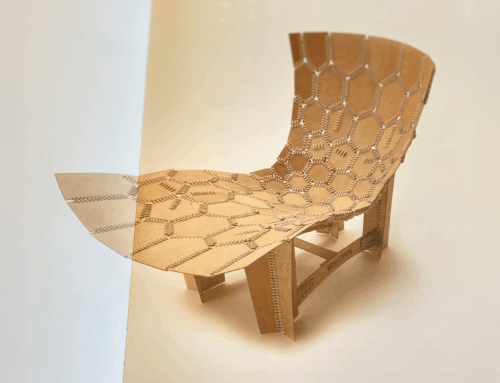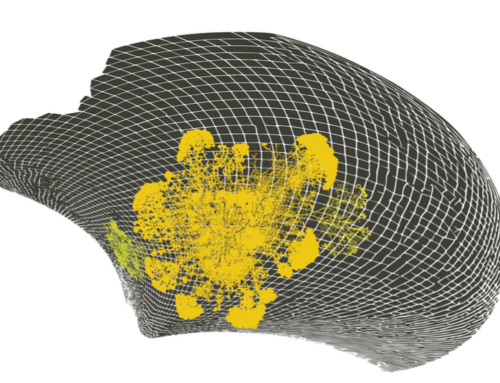(Above: A forest skills workshop in Big Tree Country)
Last month I spent a day in a small town of 2,000 people in Perthshire, Scotland, with the following group of people: a blacksmith; a book maker; a soldier turned master mead maker; an artist whose work explores how we interact with the ecology of the earth; a student of the ecosystems to be found in dry stone walls; a curator of artist-led walks; a man who helps youth hostels reinvent themselves; a botanist who specialises in sphagnum moss; another artist who makes outfits that disguise you as a rock; a public arts funder; someone from a field studies centre where one can see the Clouded Drab (a rare moth); a fiddler who organises traditional music festivals; a nurse who leads healing walks; a designer of natural golf courses; a raspberry farmer; an outdoor education provider; the tutor at a forest school; a felter and knitter; a man who ”hated going to the potatoes”; a breeder if ill-disciplined Hebridean sheep; a man who studies lumps and bumps in the landscape; a digital arts producer; a bare foot walker; a designer of water cleaning systems; a book festival organiser; and a countryside steward.
Our task was to imagine new ways for residents and visitors to connect with the ecological and cultural assets of The Cateran Trail. This 64 mile (103 km) circular track, in the heart of ‘Big Tree Country’ in central Scotland,
has no real beginning or end. It takes its name from the feared cattle thieves who once raided these rich lands. The burial place of Guinevere, Queen of King Arthur, and a setting of stones thought to be a Viking burial site, are both in the vicinity; so too, once, was the richest abbey in Scotland.

(Above: Could this become a learning farm?)
Among the ideas we came up with were encounters in which people learn: how to be still; to perform as a choir on the Trail, or how to grow speciality Scottish chillies. One group proposed a learning farm; another, an apprenticeship in how to build a dry-stone dyke.
This workshop was a warm-up for Cateran’s Common Wealth, a two year programme of cultural and ecological activities at the intersection of active learning, creative place-making, and sustainable tourism. It begins next year. Clare Cooper, its co-founder, explained the background: “Some things belong to all of us: the biosphere on which we all depend; our cultural heritage and history; our language; our skills in managing the land; our myths and our musical traditions. The Cateran Trail exemplifies this common wealth. By connecting the physical presence of the Trail with the ancient metaphorical power inherent in path walking, and path making, we will revalue this shared inheritance and find new ways to sustain it for future generations”.
LEATHERSHED LAB AT UNBOX
On Saturday 12 December, together with Mansi Gupta, I’m running a workshop at the UnBox Festival in Delhi. We will develop the programme of a Lab, to be situated at the heart of India’s largest leather-producing region, that will develop products and services that combine clean forms of leather making with direct connections between between producers and customers. In preparation for UnBox, the leather ecosystem of Kanpur – its people, skills, and cultures – will be documented in a publication and short film.
FOR YOUR ARTISTS RESIDENCE / THINK TANK / ELDER CO-HOUSING
For the same price as a tiny bedsit in London, Stockholm or Paris, a big 400 year old townhouse is for sale in South West France.






